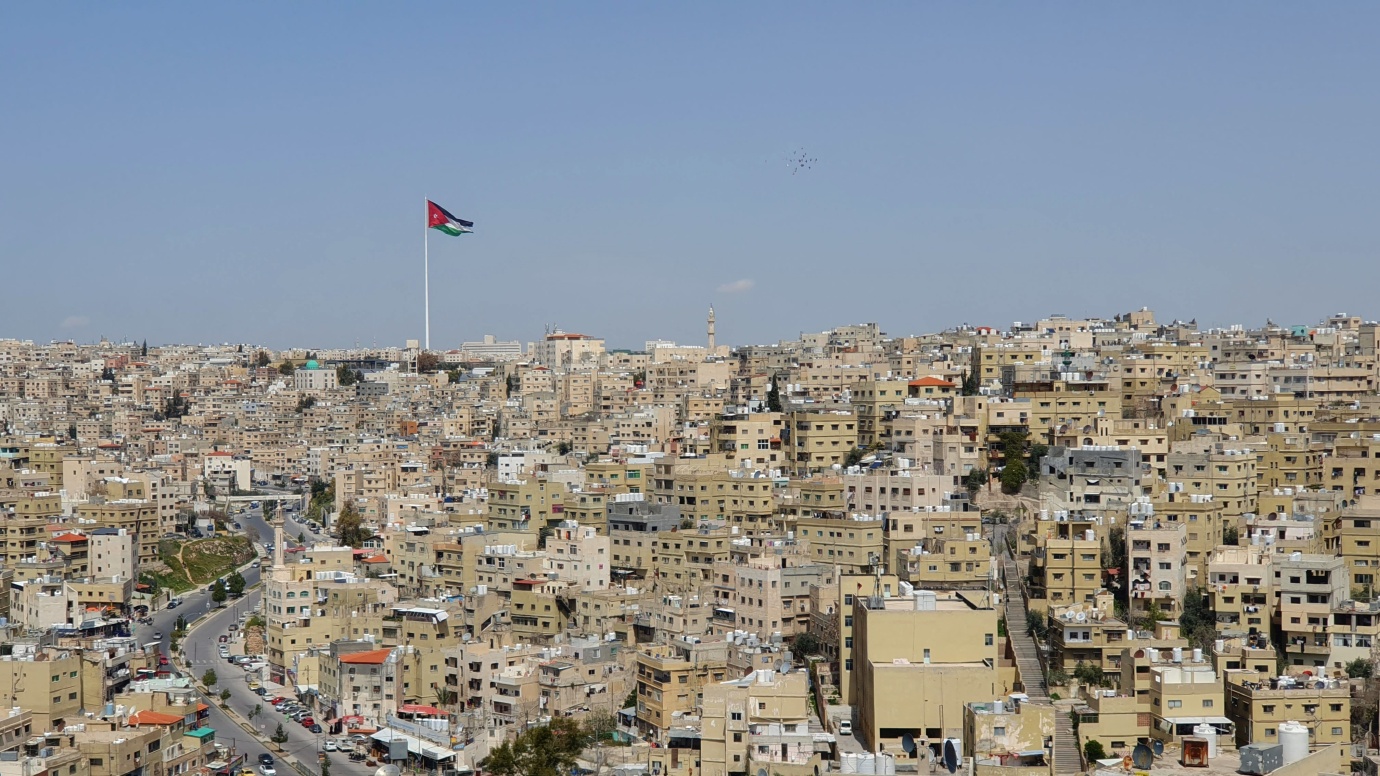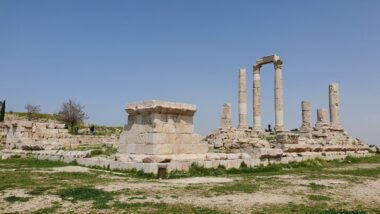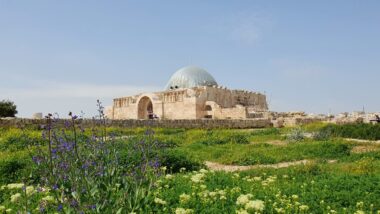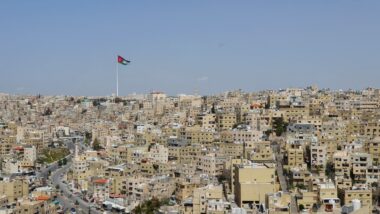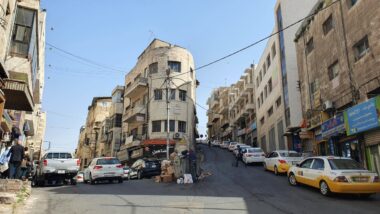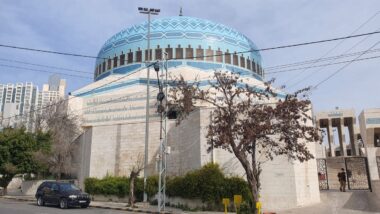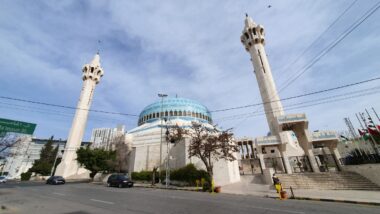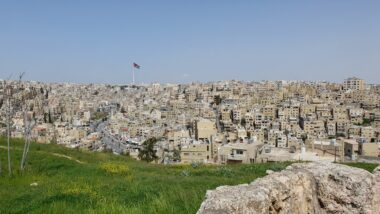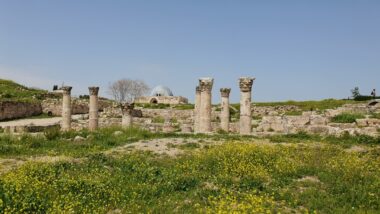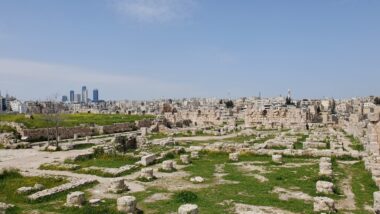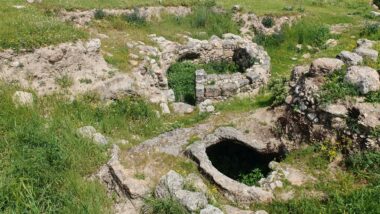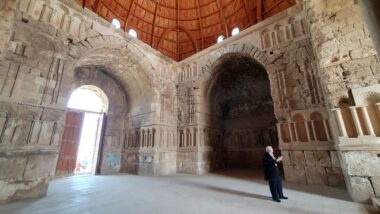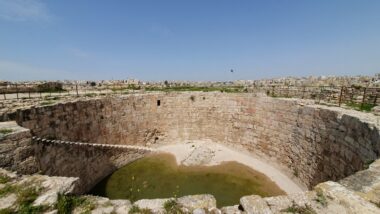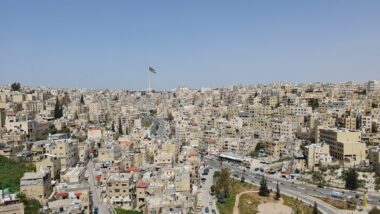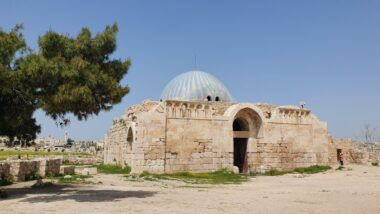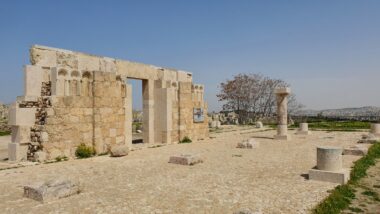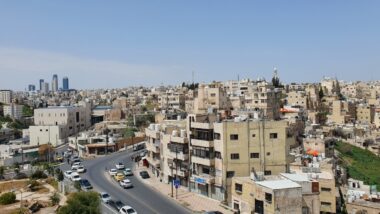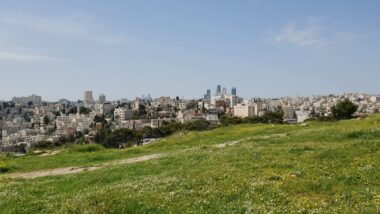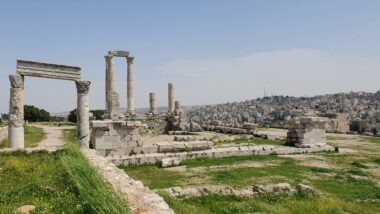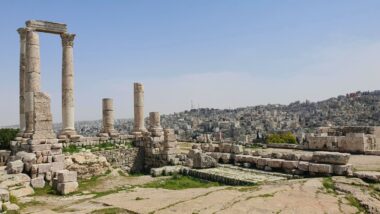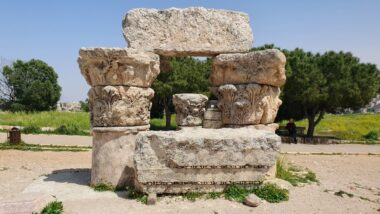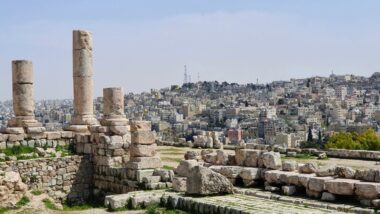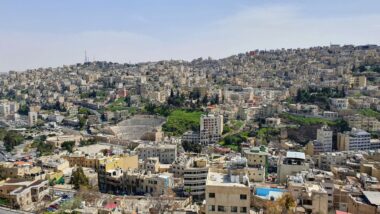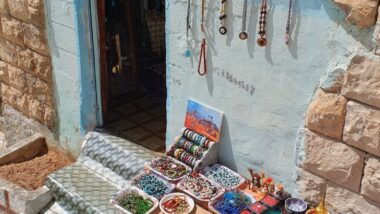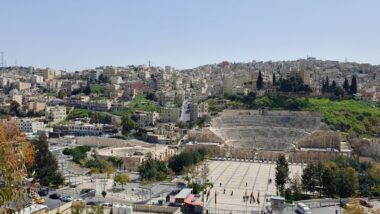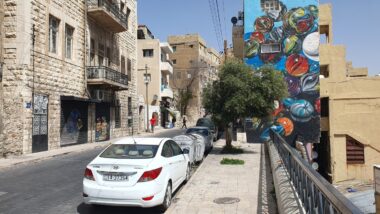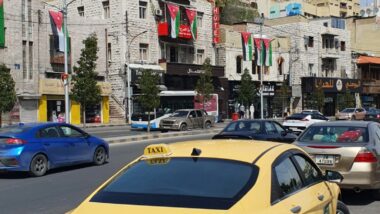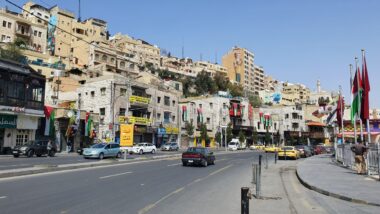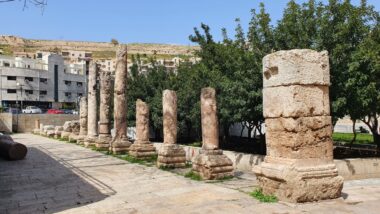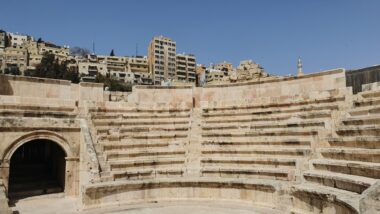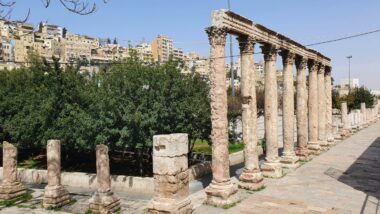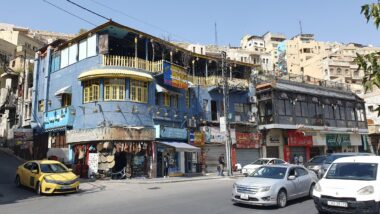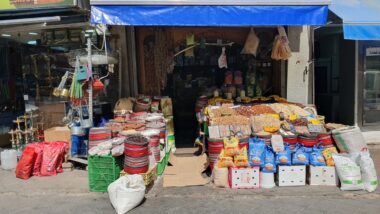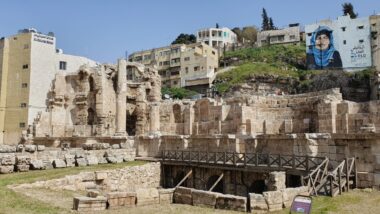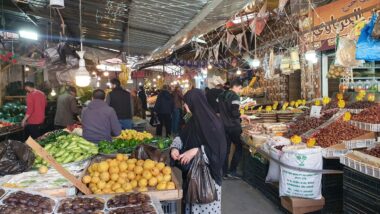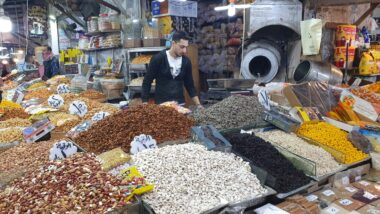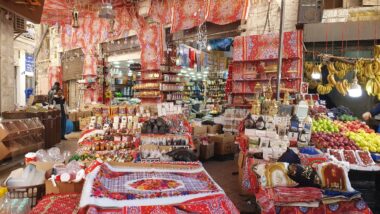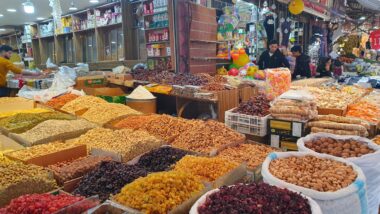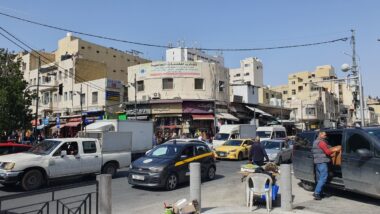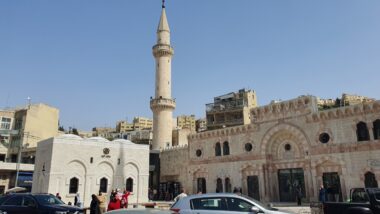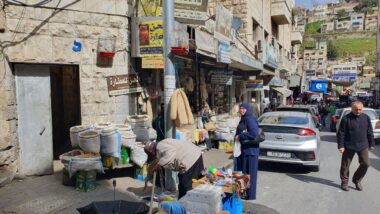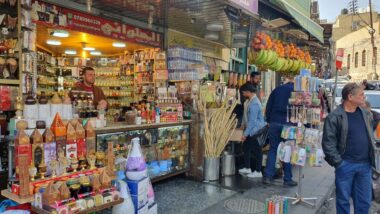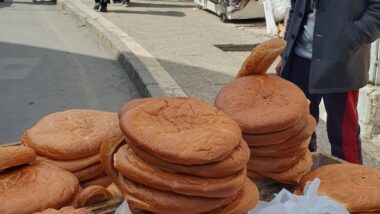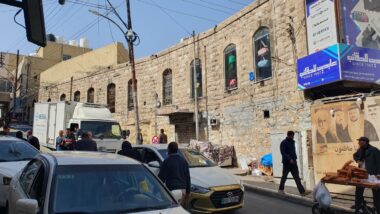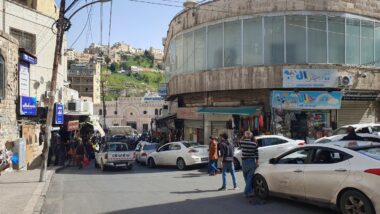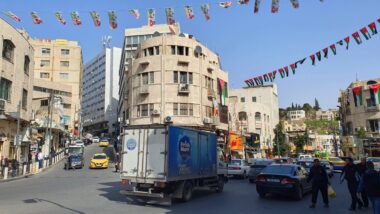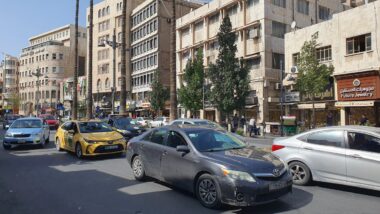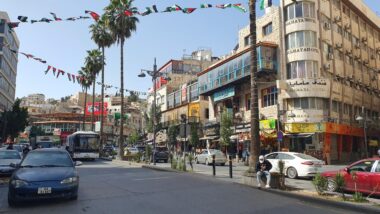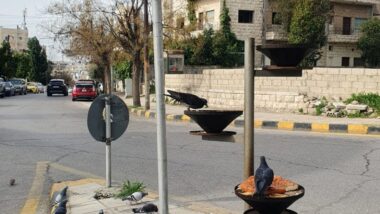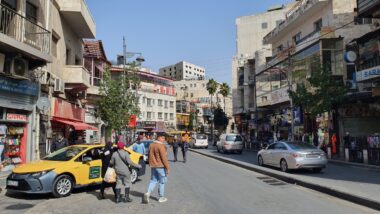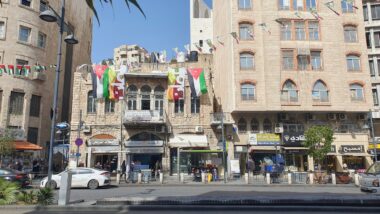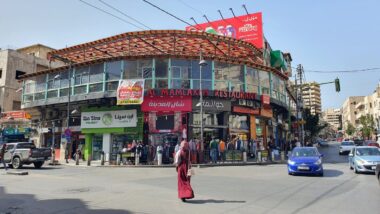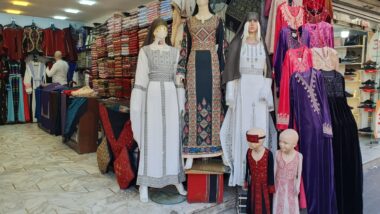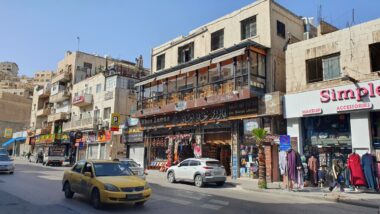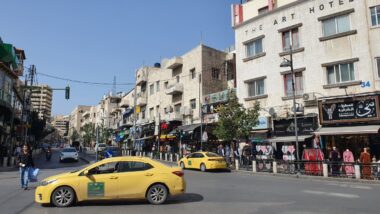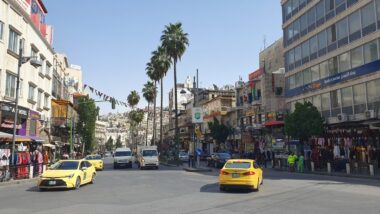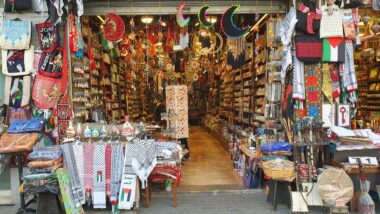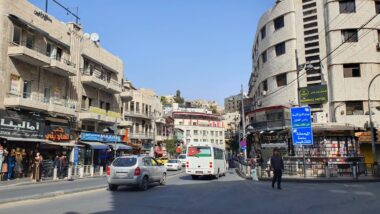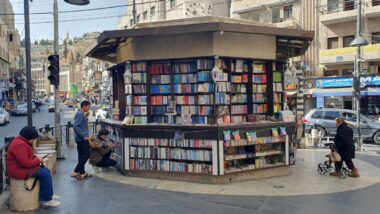We spent a few days in Amman, Jordan’s capital and largest city. The city is built on rolling hills at the eastern boundary of the ʿAjlūn Mountains, on the small, partly perennial Wadi ʿAmmān and its tributaries. Fortified settlements have existed there since remote antiquity. Later, the city became the capital of the Ammonites, a Semitic people frequently mentioned in the Bible; the biblical and modern names both trace back to “Ammon.” The “royal city” taken by King David’s general Joab (II Samuel 12:26) was probably the acropolis atop the plateau. King David sent Uriah the Hittite to his death in battle before the city walls so that he might marry his wife, Bathsheba (II Samuel 11); the incident is also a part of Muslim folklore. The population of the Ammonite cities was reduced significantly under King David. David’s son Solomon (flourished 10th century BCE) had Ammonite wives in his harem, one of whom became the mother of Rehoboam, Solomon’s successor as king of Judah.
Amman declined in later centuries. In the 3rd century BCE, it was conquered by Egypt’s King Ptolemy II Philadelphus (reigned 285–246 BCE), and he renamed it Philadelphia after himself; the name was retained through Byzantine and Roman times. Philadelphia was a city of the Decapolis (Greek: “Ten Cities”), a Hellenistic league of the 1st century BCE–2nd century CE. In 106 CE, it was included in the Roman province of Arabia and rebuilt by the Romans. With the coming of Christianity, it became a bishopric among the sees of Palestina Tertia, which was subject to Bostra.
At the rise of Islam, Amman was taken by the Arab general Yazīd ibn Abī Sufyān in 635 CE; about 1300, it had entirely disappeared from causes unknown to historians. In 1878, the Ottoman Turks resettled the site with Circassian refugees from Russia; it remained a small village until after World War I.
After the war, Transjordan became part of the Palestine mandate. Still, the British government, as mandatory, effectively severed it from western Palestine (1921) and established a protected emirate of Transjordan under the rule of Abdullah I, son of Hussein ibn Ali, then king of the Hejaz and Sharif of Mecca. Amman soon became the capital of this new state; its modern development began in this period and was accelerated by Jordanian independence (1946). The city grew rapidly; the urban area received a large influx of Palestinian Arab refugees after the first of the Arab-Israeli wars in 1948–49. A second, more enormous wave of refugees arrived after the Six-Day War of 1967, when Jordan lost all its territories west of the Jordan River to Israel. Political conflict between the Jordanian government and rebellious Palestinian guerrillas erupted into open civil war in 1970 in the streets of Amman. However, the government forces finally prevailed, but the city was severely damaged.
We took a two-hour walk through the old town from the ancient citadel around the archaeological museum and a large, finely preserved Roman amphitheater that once seated 6,000. We also did not miss stopping at King Abdullah Mosque, completed in 1989 as a memorial by the late King Hussein to his grandfather. It has a magnificent blue dome 35m in diameter decorated with Quranic inscriptions. It can house up to 7,000 worshippers, with a further 3000 in the courtyard.
It was not easy to take a bite, especially in the old town during the holy month of Ramadan, but all the leading international fast food chains and some restaurants were open. We also found our favorite ice cream shop chain – Gerard (4 scoops / 4,80 JOD). We used the Careem Application to travel around Amman; we spent just 20 JOD / day on a route: Parking location ➡ King Abdullah Mosque ➡ Hejaz Railway ➡ Tank Museum ➡ Citadel ➡ Cave Of The Seven Sleepers ➡ Parking location ➡ Rainbow St ➡ Parking location.
Parking location – Amman: 31.944151N 35.893339E (🚻,💦)


